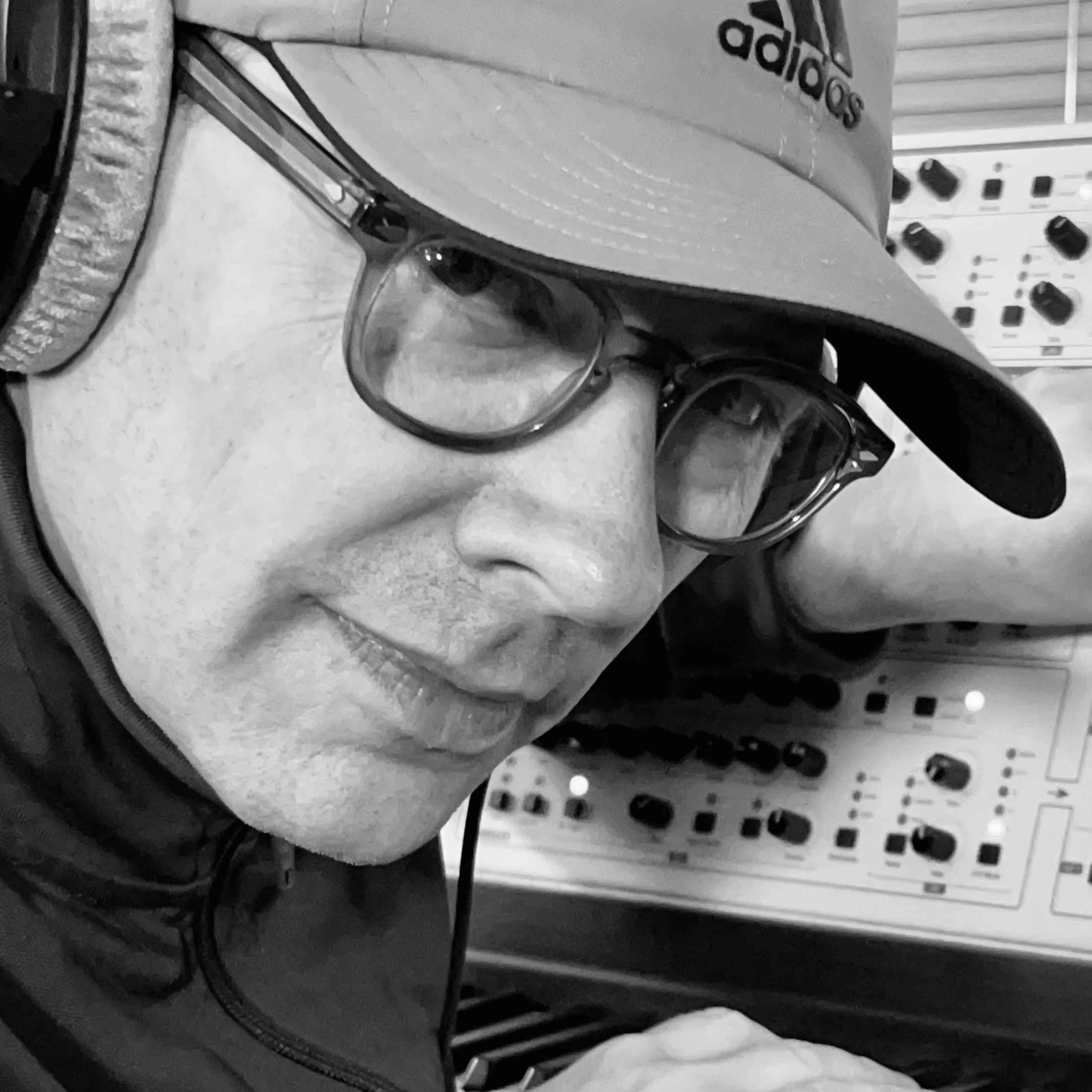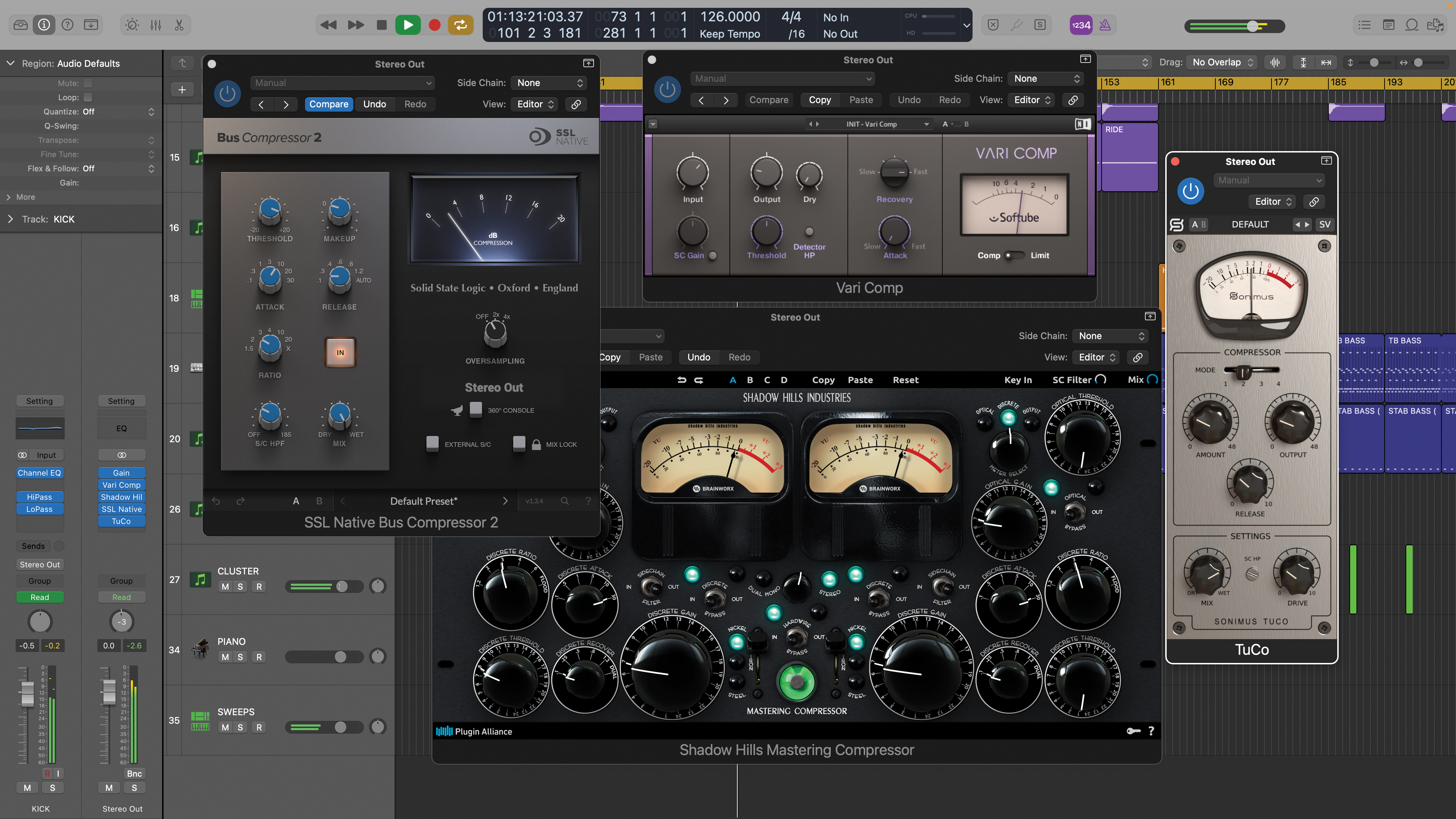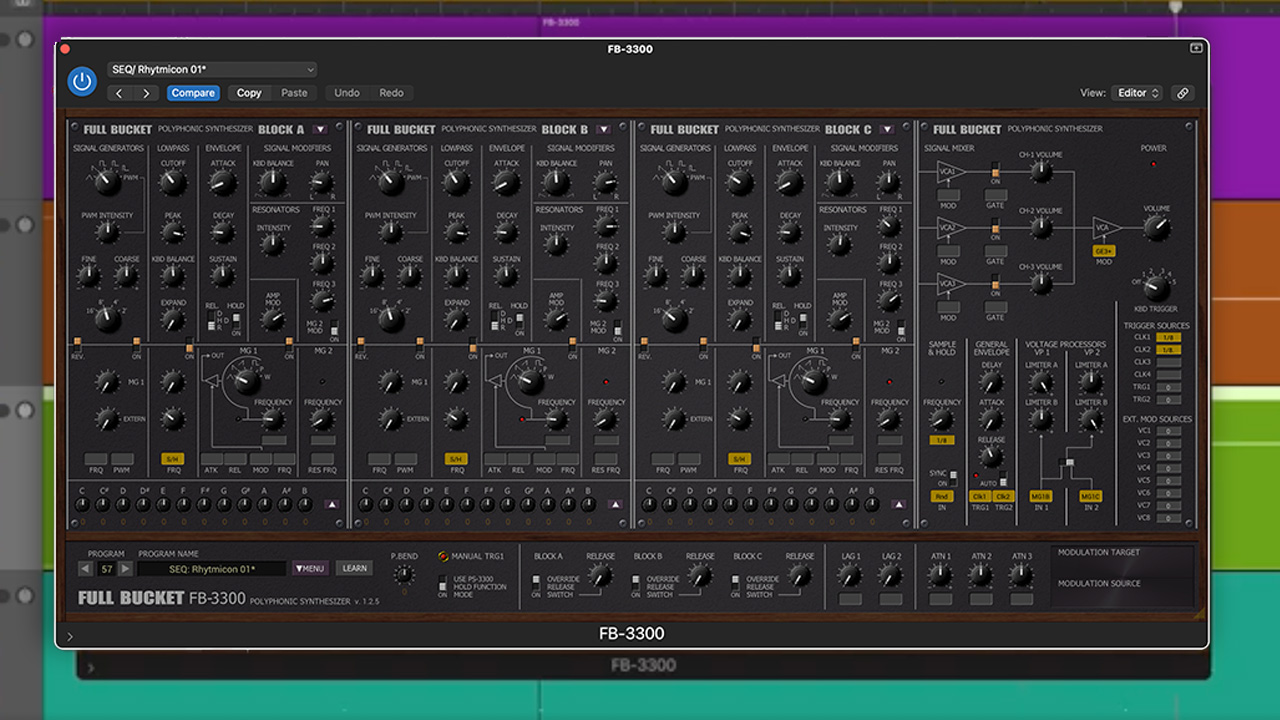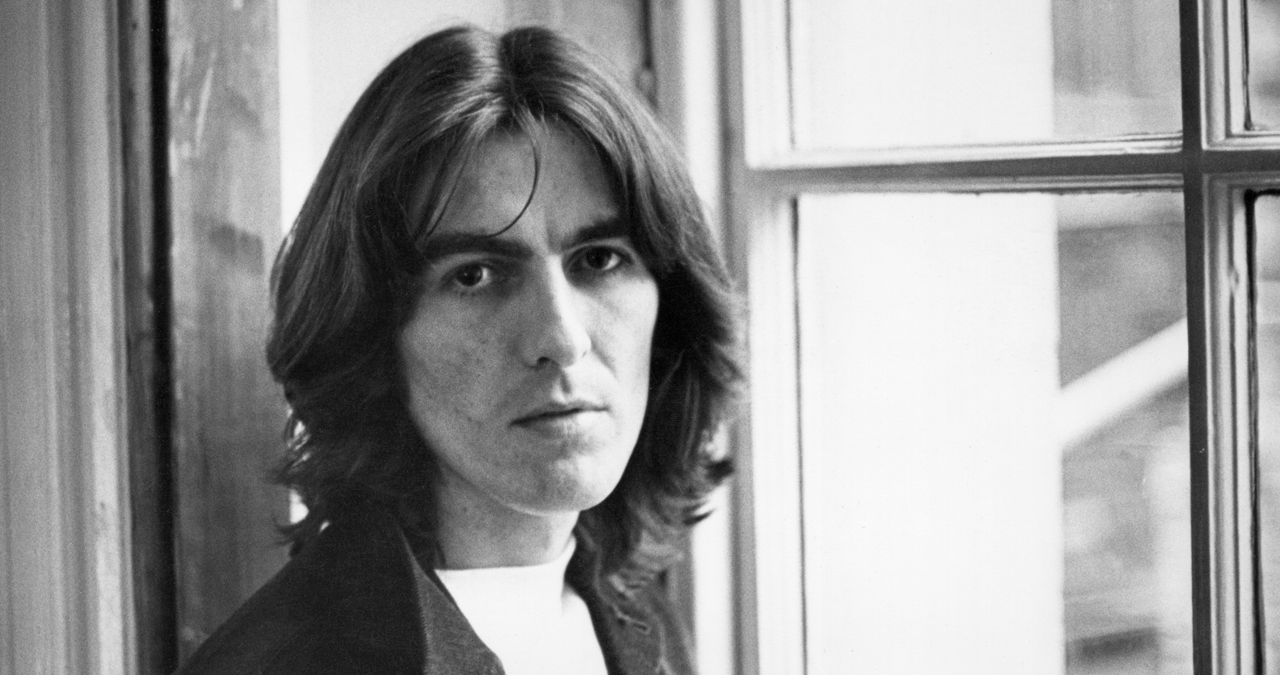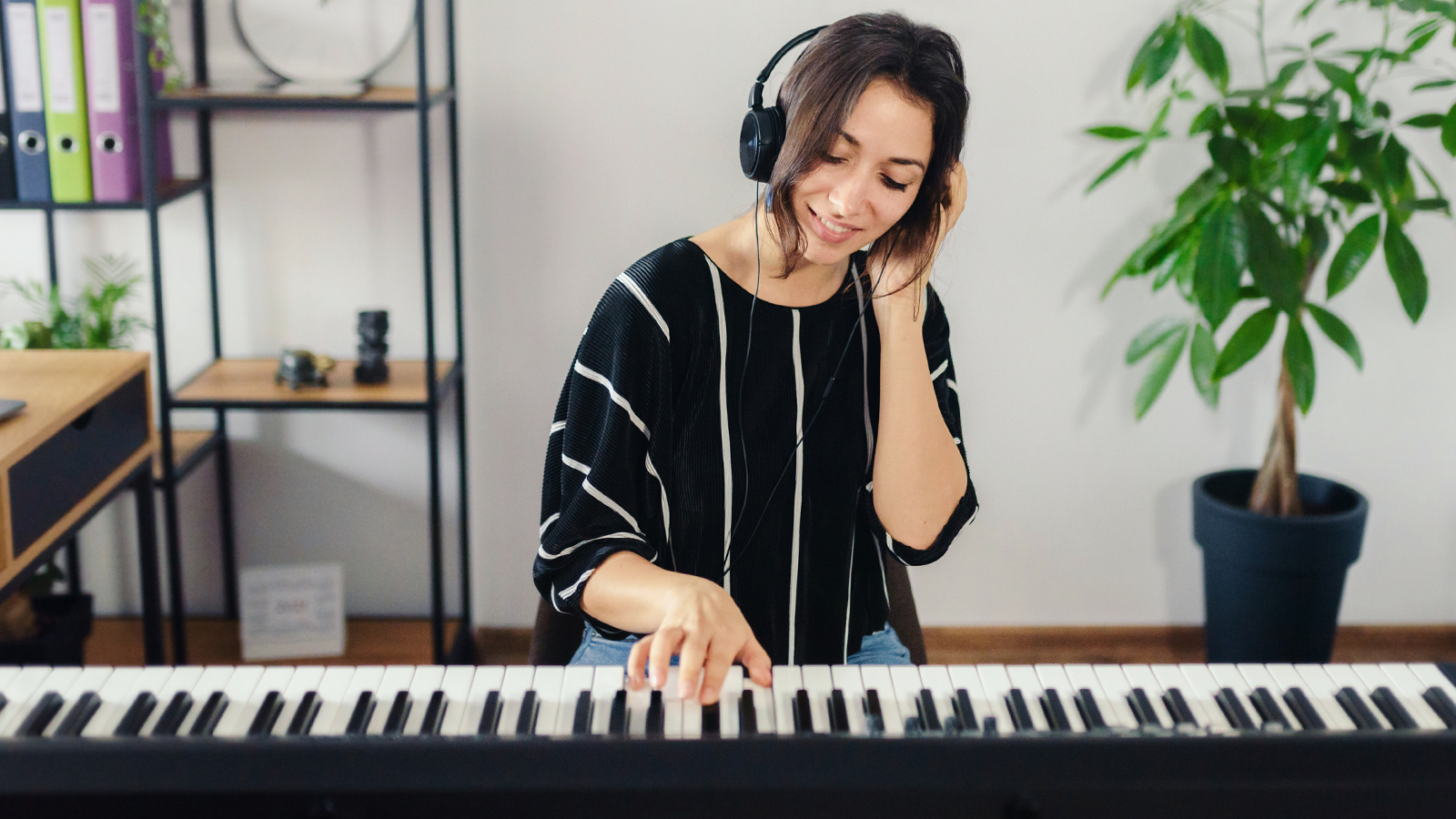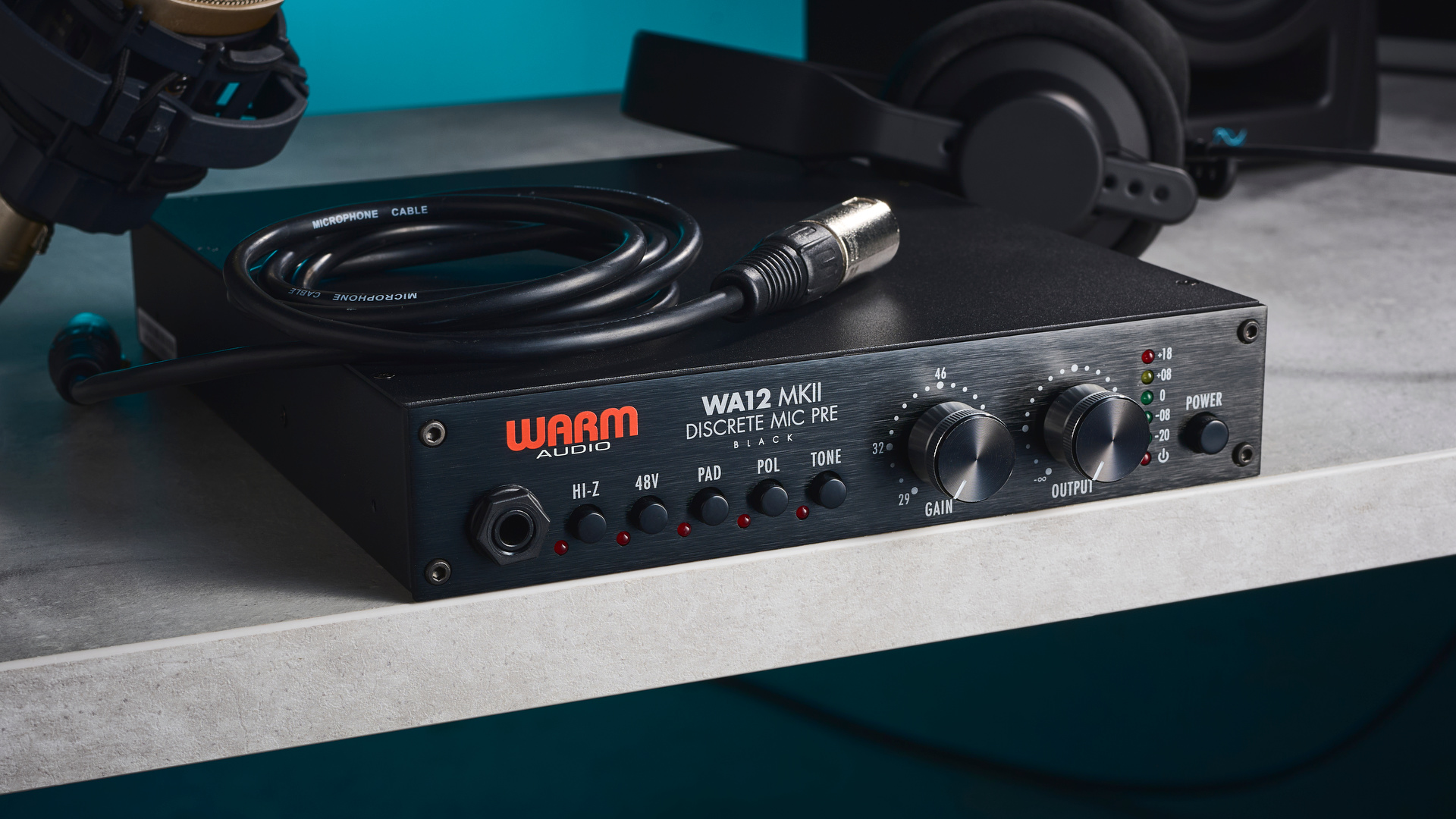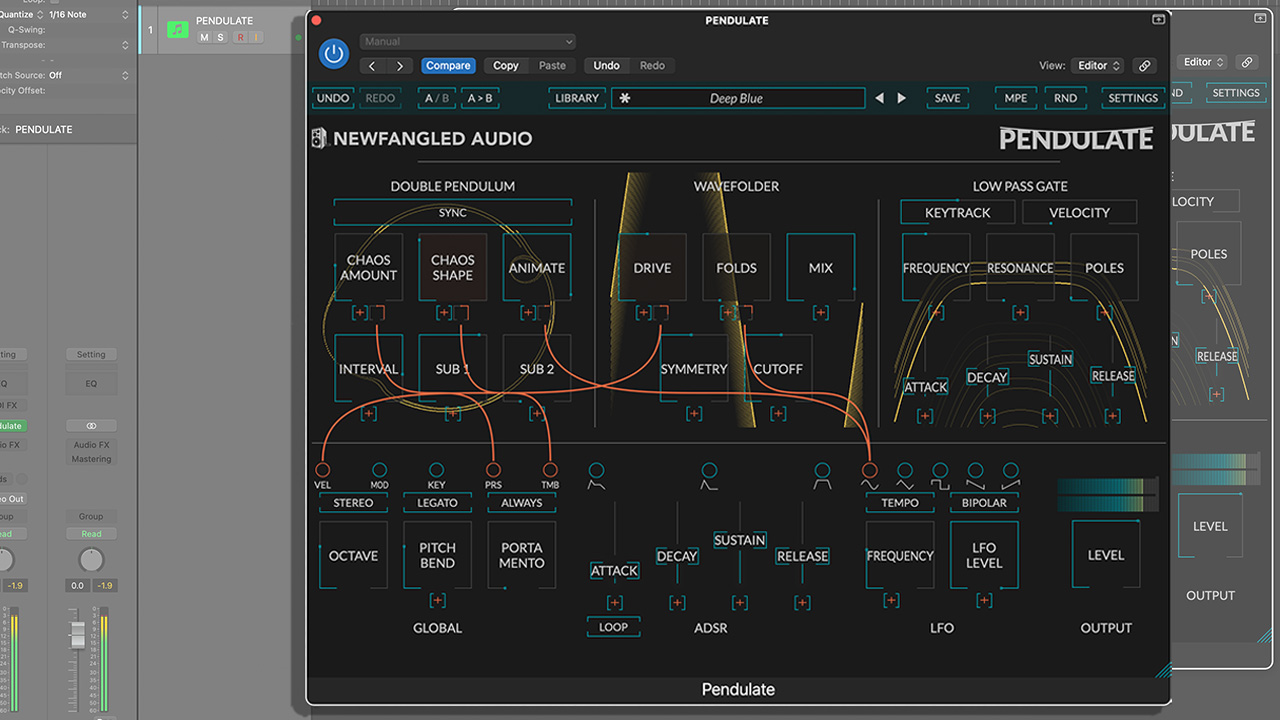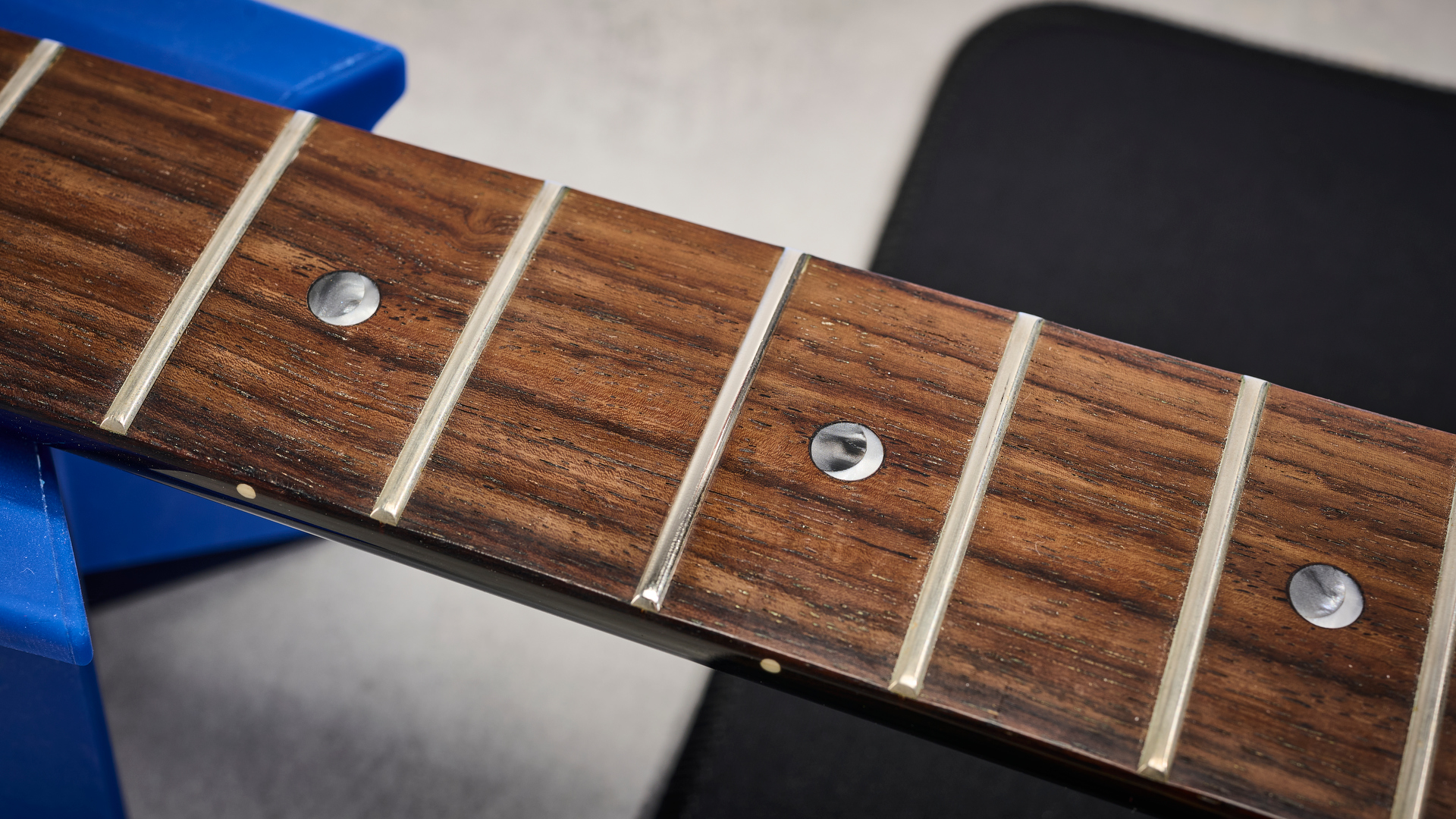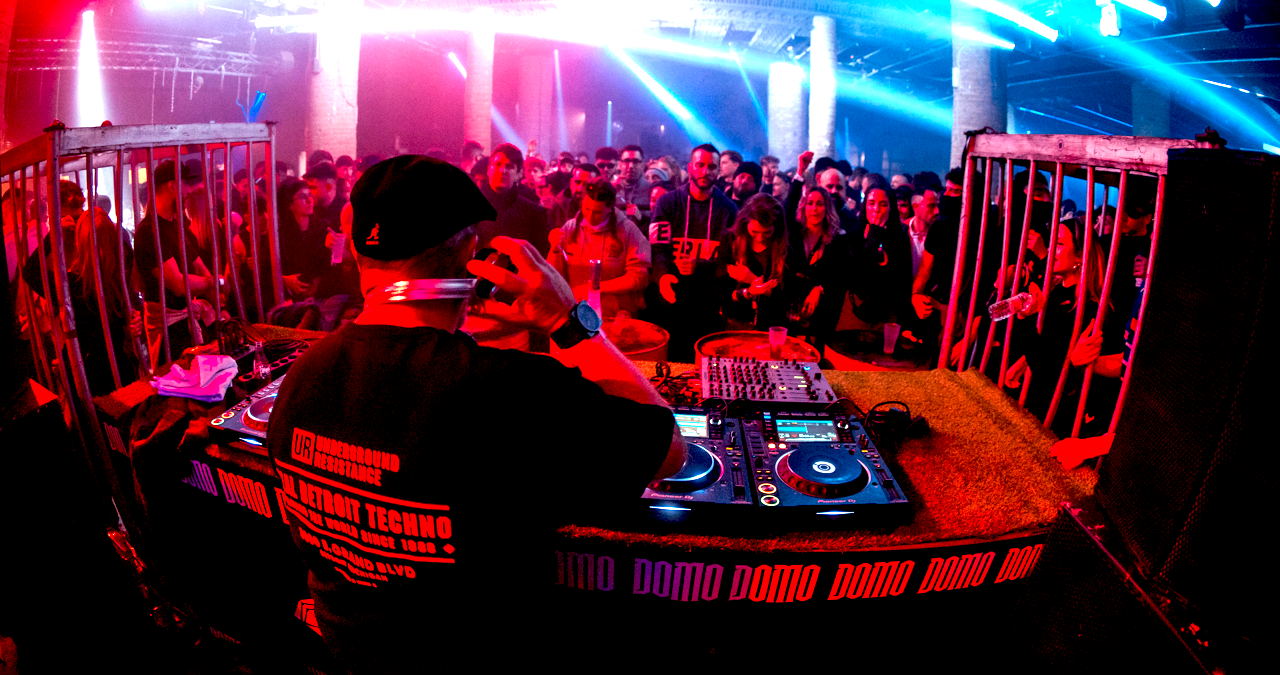“If you don’t start on time, that's not the musician’s problem”: Want to record some real musicians in your studio? Here’s how to prep for success
One of the biggest learns when becoming a producer is just how you manage - and work with - real musicians.
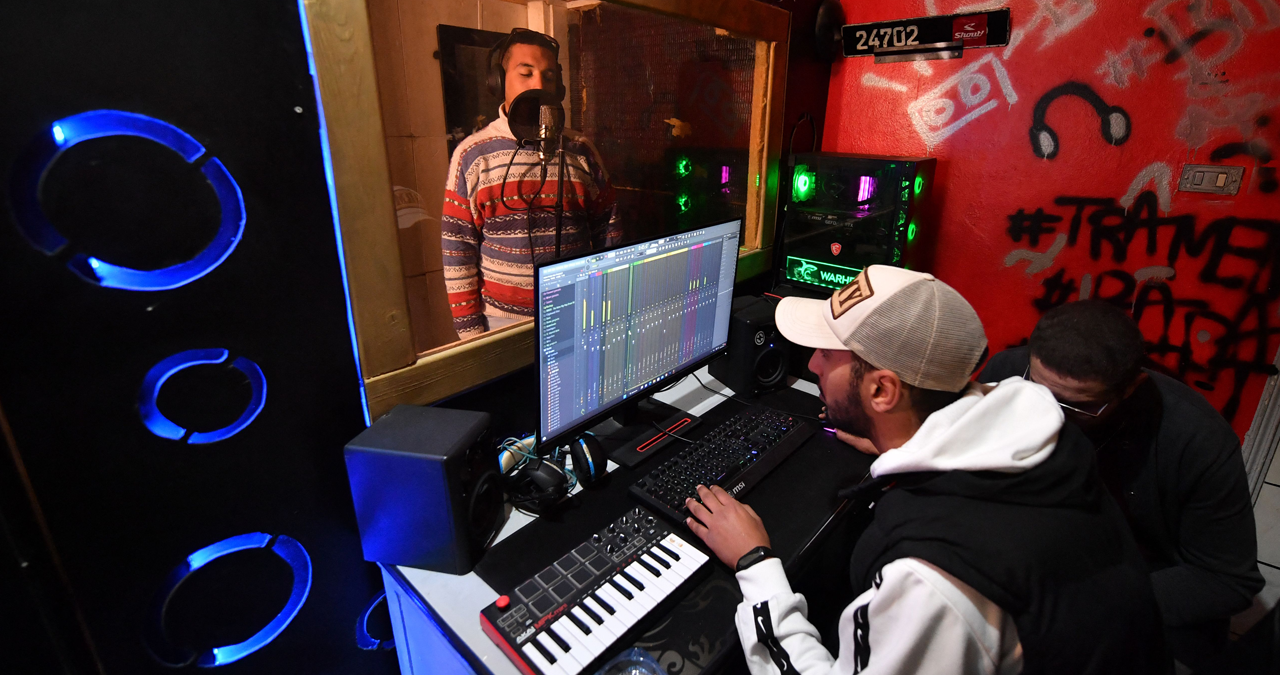
PRODUCER WEEK 2025: Employing a musician to add some sparkle to your project will undoubtedly elevate your music, but there’s more to the process than simply hitting record.
There is genuinely nothing more gratifying than hearing your work performed by a skilled, live musician, but employing the right person - and ensuring you get the best out of them - requires more preparation than you may think.
Given the strengths that music technology can provide within the realm of most DAWs, you'd be forgiven for wondering why you might even want to get a live musician in in the first place.
The simple answer equates to the human condition; an organic recording of a live vocalist or instrumentalist will add an unquantifiable element to your track, which is often worth its weight in gold.
It's also worth noting that if you are working within the domain of acoustically-inspired samples or synthesisers, the addition of a live musician will fool the ear into thinking that more of your instruments are live than actually are.
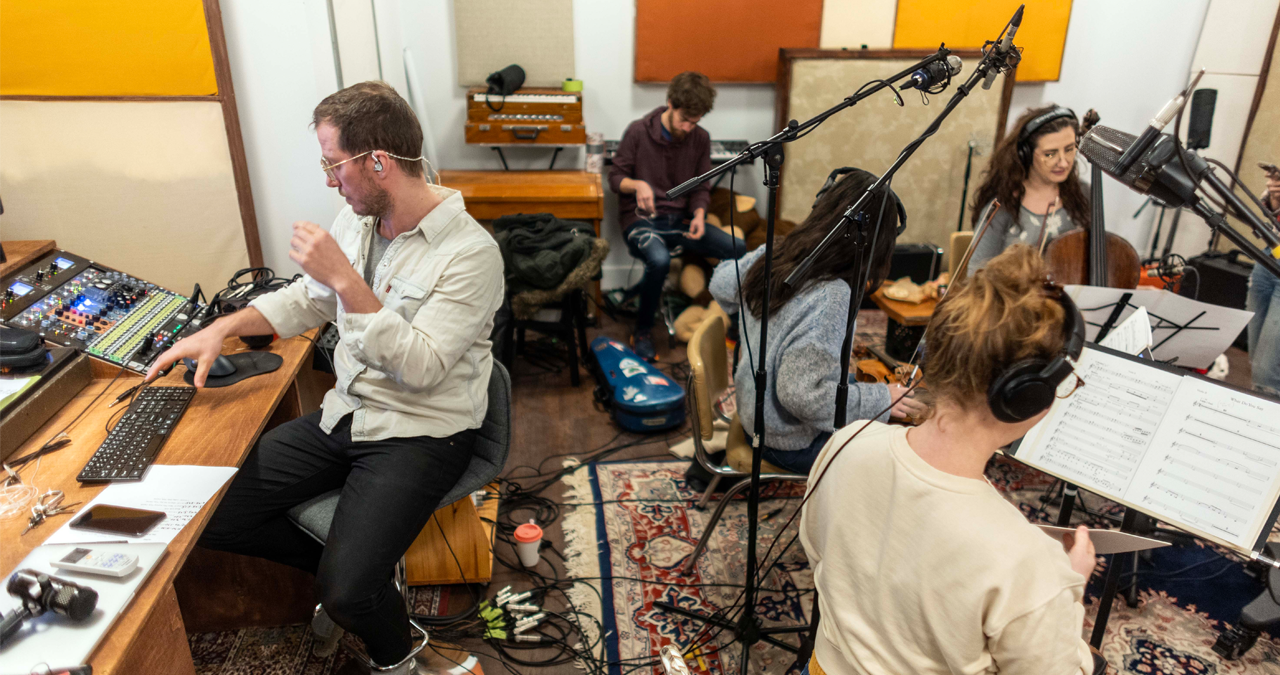
When you get to the stage where you think you want to hire a live musician, choosing the right player for your recording is essential. This means that you’ll need to research what you want.
If you are writing material which is pure pop, you will likely want to find a vocalist that can provide the right amount of commercially-angled style you're after. Think of it this way; you wouldn't hire a bass player, when you actually want to record a flute, so selecting a specific musician with the right skills is your first major consideration.
If you're working to a budget, you may have friends that can help you out. This is always a nice idea, particularly if it’s a freebie, but it may come with musical limitations.
If you decide that you want to splash out on a professional, you are at liberty to pick and choose your muso, and there are plenty of musicians out there who specialise in all forms and styles of music.
Get the MusicRadar Newsletter
Want all the hottest music and gear news, reviews, deals, features and more, direct to your inbox? Sign up here.
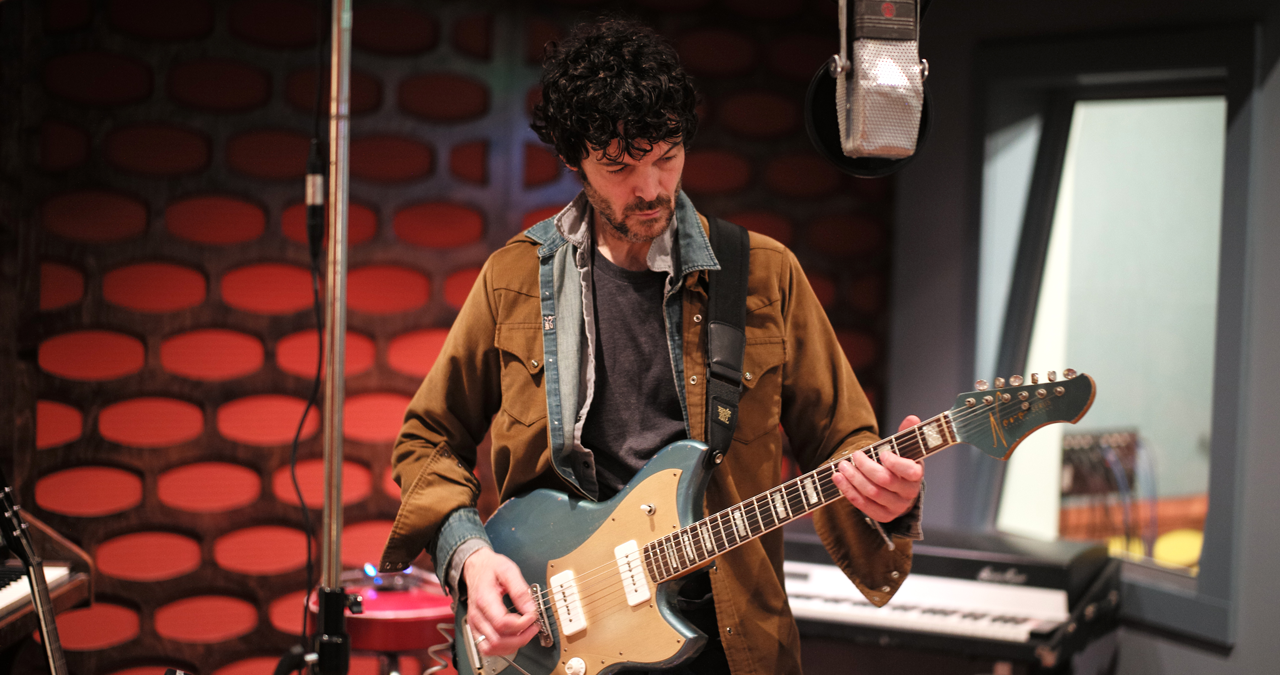
Fees and Etiquette
The moment you cross the Rubicon to the professional domain, you need to bear in mind that it's not just a creative project - the people you're hiring are temporary employees - here to do a job for you.
Most professional musicians will want to perform at their very best, of course, but this is still a job for them. You cannot expect a hired professional to invest in your project to the same degree that you may.
By way of protection, the Musicians Union are an organisation with professional members, who publish guidelines for fees that should be charged, for corresponding session lengths.
The standard is to book a musician for a 3-hour recording session, which includes a short break half way through the session.
The rate for this session will differ, depending on the session nature.
Media/film sessions, pop sessions or library music sessions, all have their own session rates, and there are caveats upon what you can and can’t do within the session without paying more.
Hence, if your music placement is high-profile, it’ll be worth visiting the Musicians’ Union rates page to brush up on all the details.
They can advise on all aspects of musician hire, which extends to contractual obligation. If in doubt, contact them directly.
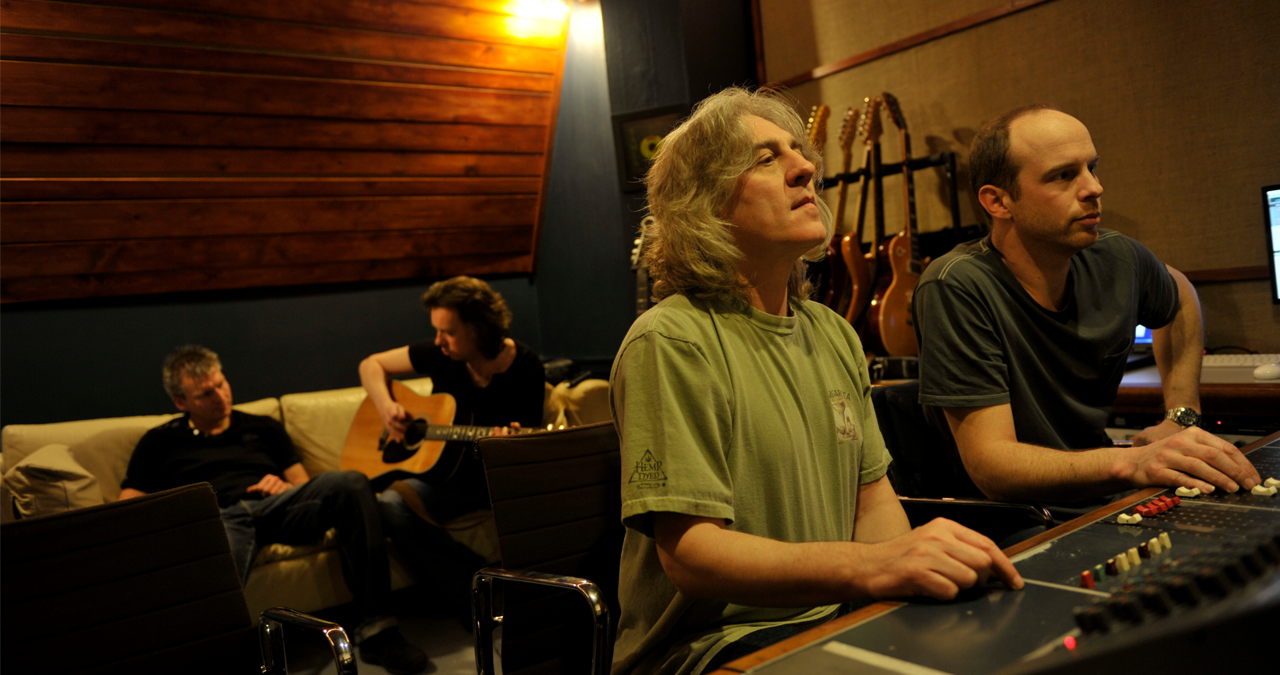
Now you’re at the stage of booking your musician, the next question is ‘what time’?
This obviously varies, but - take it from us - singers are not always at their best first thing in the morning, so a session slot in the afternoon or evening, will generally yield a better result if you’re tracking vocals.
Other musicians may have had gigs the night before, so may also appreciate a later start time.
Before the musician’s arrival, it's important that you get the workspace setup and prepared.
Placing the microphone in the same room as your DAW/control room can be better for quick communication, but it also means that you’ll need to work on headphones, or keep your studio monitoring very low.
If you have a second room to use as a live room, it may work better acoustically speaking, but it removes the immediacy of the producer/musician connection.
Either way, closed headphones for the musician are vital, along with a decent microphone stand that can adjust to their performance position.
Get everything setup, both in situ and on your DAW, before the session start time. Check that it’s all working, to avoid embarrassment and save time!
Make sure you have any materials, such as sheet music of lyrics readily to hand.
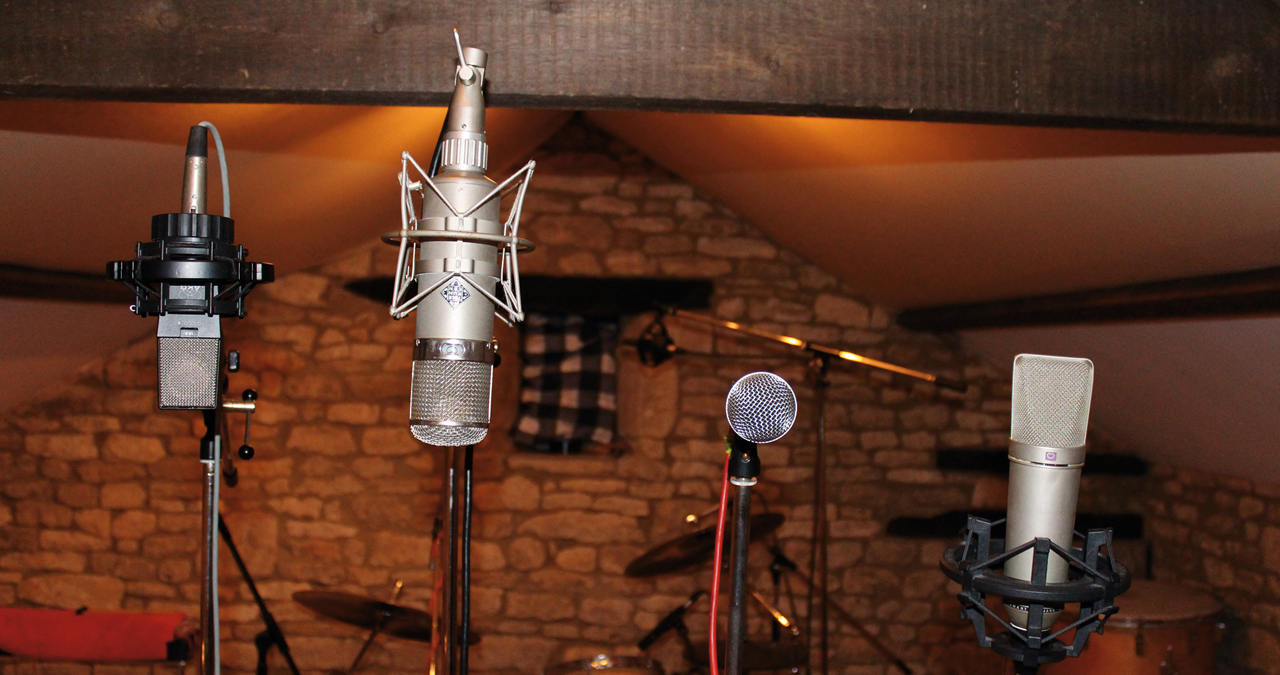
Reading music is a skill that most pros will have, and it’ll allow you to get far more done in a session.
If music theory isn’t your strong suit, then tablature and chord charts are other alternatives that speed up musical direction.
Print any lyrics in a nice large and clear font, while trying to avoid uncomfortable page turns. Rustling paper may be captured by a live microphone, although the presence of a music stand will assist.
It's possible that your musician will turn up early for the session, giving them time to warm-up, exchange pleasantries, and take advantage of any beverages on offer!
Singers love a cup of hot water with a slice of lemon in it. Alcohol, on the other hand, is not advisable in a professional scenario, but all musicians like coffee, don’t they?
Your musician will expect to start singing, playing or recording on the dot of your session time.
If you don’t start on time, that's not the musician’s problem, and they will still expect to finish at the agreed time.
Should the session finish before then, the musician will not be refunding any part of the fee.
If they'e amenable, you could use the time you’re paying for by trying alternative takes - or recording more music!
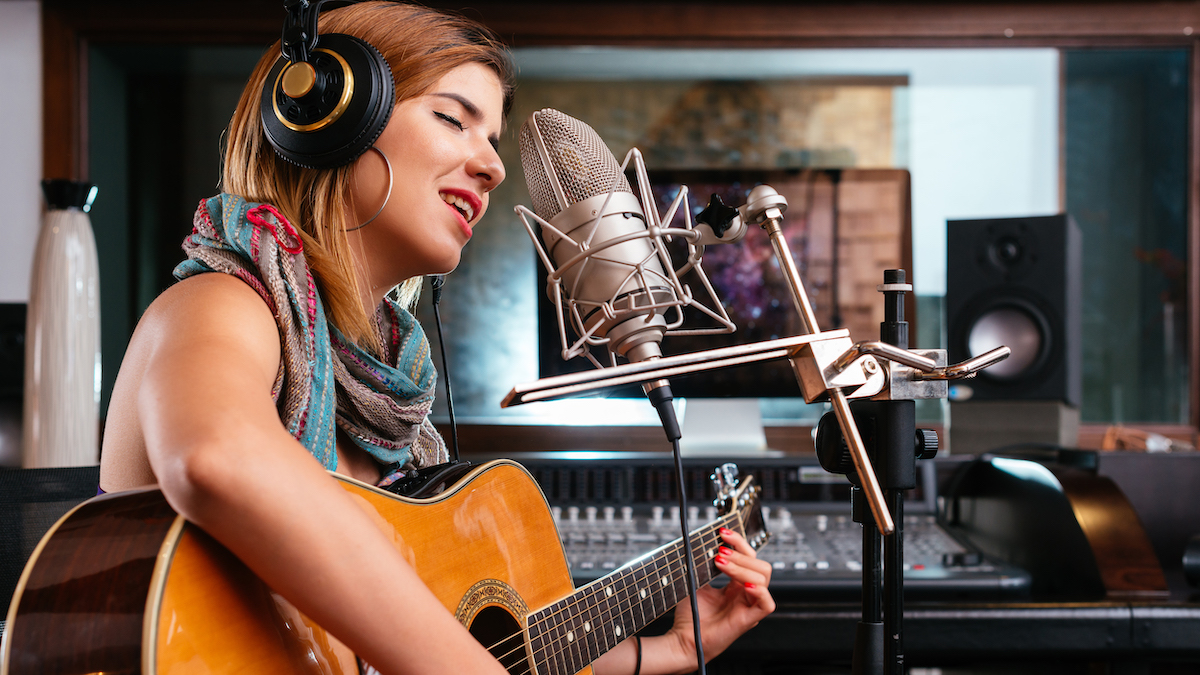
Hitting Record
The meat of the process really starts when you hit record, with convention dictating that you should start recording immediately.
In truth, it always takes a little bit of time to get things set up and make sure levels are behaving correctly - even if you’ve spent significant time prepping.
It's important to bear in mind the very 'humanness', passion or performance flair that you're after is often spontaneous. It's true that some of the best performance moments tend to occur in the very first bars of recording.
The sooner you hit record, the greater the chance you have of capturing magic. So even if the sound isn't quite right, be prepared to bottle lighting. Though it might mean you have to spend longer with the take in the mixing stage.
It’s worth spending time focussing on microphone placement to achieve the sound you require.
Elements such as the ‘proximity effect', (which induces lower frequencies the closer you get to a microphone) are one of many sonic considerations that may affect mic positioning.
Now you're on the way, keep a copy of the music or lyrics in front of you, so that you can not only direct the musician, but also make performance notes. These are useful for highlighting moments that need additional attention.
Thanks to the ease with which ‘takes’ can be ‘comp’d’ (compiled), it’s simple to revisit any anomalies for a further take.
In terms of getting in the zone, make sure that your musician hears an adequate run-in before they start recording.
A two bar count-in is often ideal, as it provides a moment to get into the right headspace - as well as physically take a breath!
As the musician settles-in, they’ll become more comfortable with the material at hand, and you may find that they do something different on a second, third or fourth take, which really enhances your track.
If your track is comprised of sections, such as verses and chorus, it can often be a great idea to work on one section at a time.
The continual repeating of a section will yield familiarity, and probably gain a better performance with each pass.
Professionals are very used to accepting notes and instruction from a producer. If there is something specific that you want, or something that they’re doing that you think isn’t working, then don't be afraid to tell them. The way you interact with your musician should always be from a stance of ‘respectful encouragement’, which will always extract the best performance. A laugh and a joke also goes a very long way - as it does in life in general!
By working through the format of your song or composition, you will eventually have a complete take, ready for compiling and editing, before mixing.
It's important to listen to the takes carefully, because you may miss things during the recording process. When you want to listen back, it's worth inviting the musician to listen with you.
They may hear things that you don't, and also have an opinion on whether they could do a better performance. You should take their advice, as they probably know what they're doing.
Thanks to modern DAW-based production, many mistakes can be rectified through editing. However, you should offer your musician the opportunity to perform to a degree that they are happy with, before going headlong into correcting any errors.
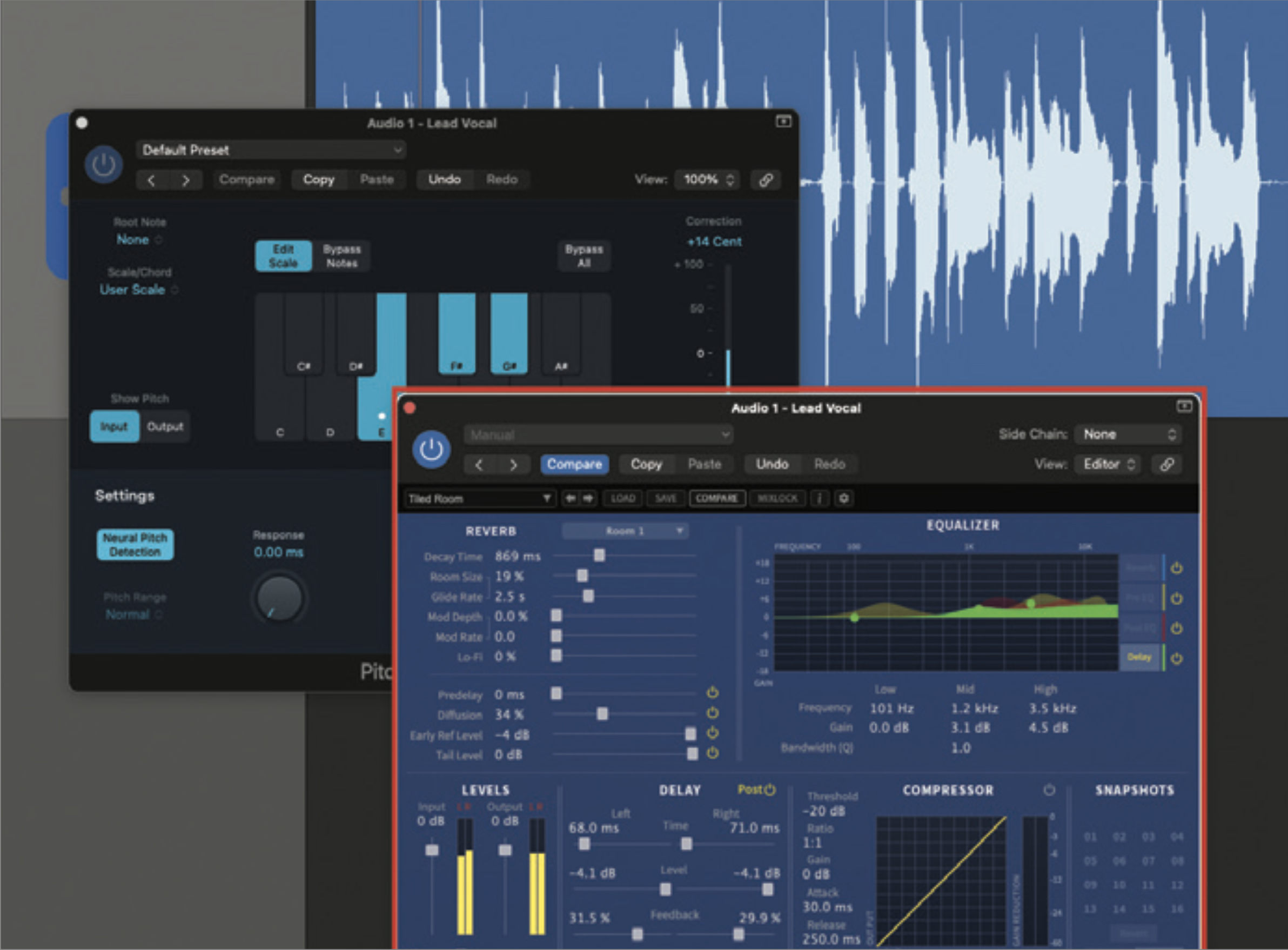
The two main elements which you should listen for are tuning (relating to individual notes being in tune), and timing (which relates to placement within the beats of a bar).
But beward, adding tuning-correction software or quantising to a fixed beat or note, could sanitise the reality of the performance and negate the whole point of hiring a live musician in the first place.
So, it's worth going the extra mile and really making sure you’ve captured the performance you want.
Remember, by actively working and encouraging your musician, you will undoubtedly get a better performance. If they feel relaxed, timings will feel better, and this will translate to a better recorded performance.
Once you think you have everything that you need from your recording process, the very next thing you should do is immediately back up your audio files.
We are dealing with technology here, and while it's reliable most of the time, it can sometimes let you down when you least expect it.
Trust us.
There’s nothing more embarrassing than calling up the person you’ve spent a day working with, and asking them to come back in and redo it, just because your host SSD has given up!
Finally - enjoy the process of working with a real human being. These days, production can feel quite a lonely pursuit, but working with real musicians can spur much creativity.
Suddenly, your music feels much more alive than it did when it was just a project file within your DAW. That's all down to the human factor.
Roland Schmidt is a professional programmer, sound designer and producer, who has worked in collaboration with a number of successful production teams over the last 25 years. He can also be found delivering regular and key-note lectures on the use of hardware/software synthesisers and production, at various higher educational institutions throughout the UK
You must confirm your public display name before commenting
Please logout and then login again, you will then be prompted to enter your display name.
"A classic compressor for free on Valentine's Day – it must be love!": Universal Audio is giving away an 1176 plugin as a Valentine's gift - here's how to get it and use it
“A magical part is this sidechain with the bass”: Lady Gaga breaks down Disease in new studio video
